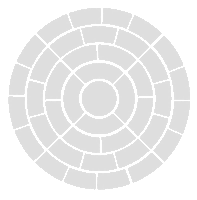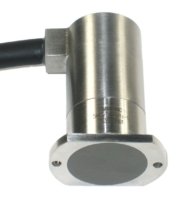
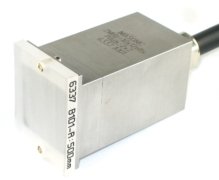
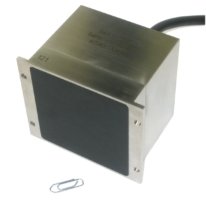



Applications demanding good resolution at medium depth range, with limited 3D steering
For larger 3D beam steering capability, see high density matrix arrays
For long range or high resolution inspection, see high resolution matrix arrays
Matrix or 2D array transducers allow 3D beam focusing and scanning, thus opening up new possibilities
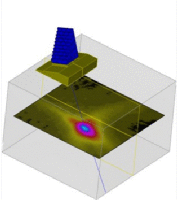
Freq.
|
Elementary active size
|
Total active size
|
Nb of elements |
| 10 | 0.6 x 0.6 | 10 x 10 | 16 x 16 = 256 |
| 5 | 1 x 1 | 16 x 16 | 16 x 16 = 256 |
| 5 | 1 x 1 | 11 x 11 | 11 x 11 = 121 |
| 2.25 | 1.4 x 1.4 | 22 x 22 | 16 x 16 = 256 |
| 2.25 | 2 x 2 | 22 x 22 | 11 x 11 = 121 |

| Freq. (MHz) |
Active diameter (mm) |
Average pitch (mm) |
Nb of elements |
| 5 | 10 | 1.2 | 64 |
| 5 | 16 | 1.4 | 128 |
| 2.25 | 23 | 2 | 128 |
